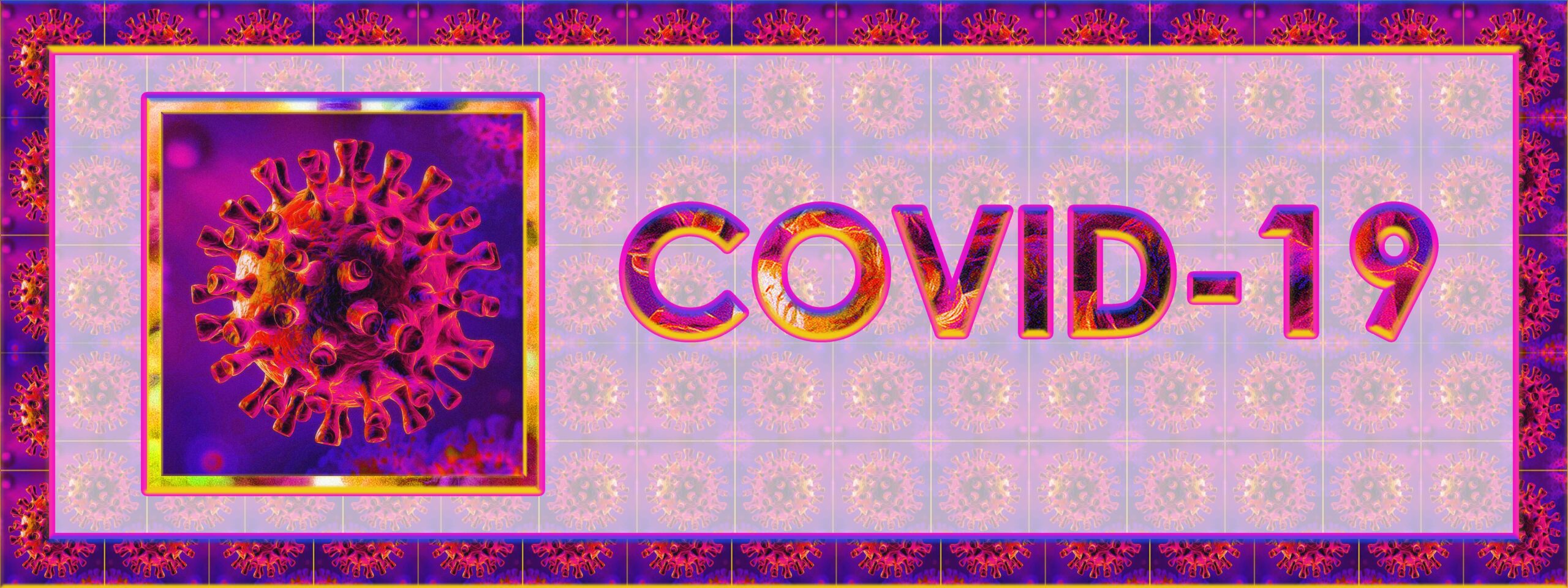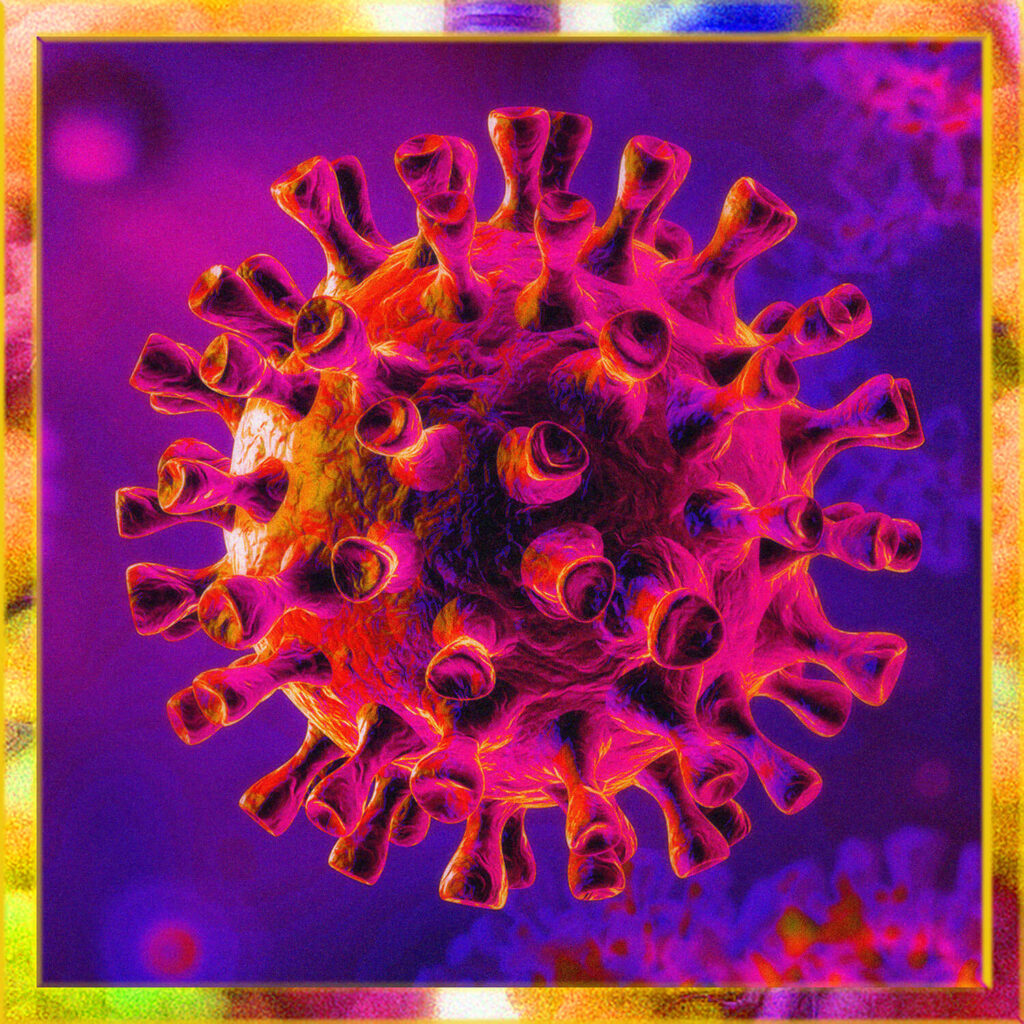Menu

COVID-19 is an infectious disease caused by the novel coronavirus SARS-CoV-2, first identified in late 2019. It spreads primarily through respiratory droplets when an infected person coughs, sneezes, or talks.
Symptoms can range from mild to severe and may include fever, cough, shortness of breath, fatigue, and loss of taste or smell.
While many people recover within a few weeks, some experience complications that can lead to prolonged hospitalization or even death, particularly among older adults and those with underlying medical conditions.
COVID-19 is an infectious disease caused by the novel coronavirus SARS-CoV-2, first identified in late 2019. It spreads primarily through respiratory droplets when an infected person coughs, sneezes, or talks.
Symptoms can range from mild to severe and may include fever, cough, shortness of breath, fatigue, and loss of taste or smell.
While many people recover within a few weeks, some experience complications that can lead to prolonged hospitalization or even death, particularly among older adults and those with underlying medical conditions.

Lorem ipsum dolor sit amet, consectetur adipiscing elit. Ut elit tellus, luctus nec ullamcorper mattis, pulvinar dapibus leo.

Lorem ipsum dolor sit amet, consectetur adipiscing elit. Ut elit tellus, luctus nec ullamcorper mattis, pulvinar dapibus leo.

Lorem ipsum dolor sit amet, consectetur adipiscing elit. Ut elit tellus, luctus nec ullamcorper mattis, pulvinar dapibus leo.

Long COVID, or post-acute sequelae of SARS-CoV-2 infection (PASC), refers to a range of lingering symptoms that persist for weeks or months after the initial COVID-19 infection has resolved or new symptoms that develop that were not part of the initial presentation.
Common long COVID symptoms include fatigue, brain fog, difficulty concentrating, joint pain, chest pain, and shortness of breath, and the condition can affect anyone who has had COVID-19, regardless of the severity of their initial illness.